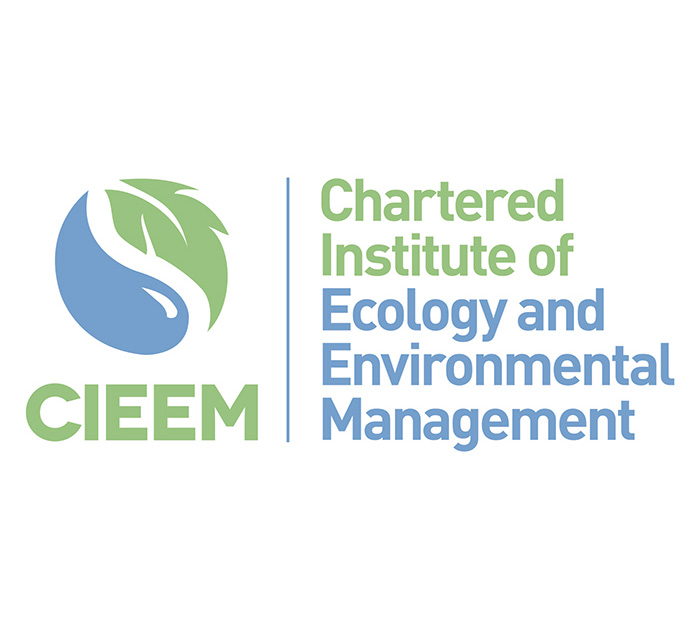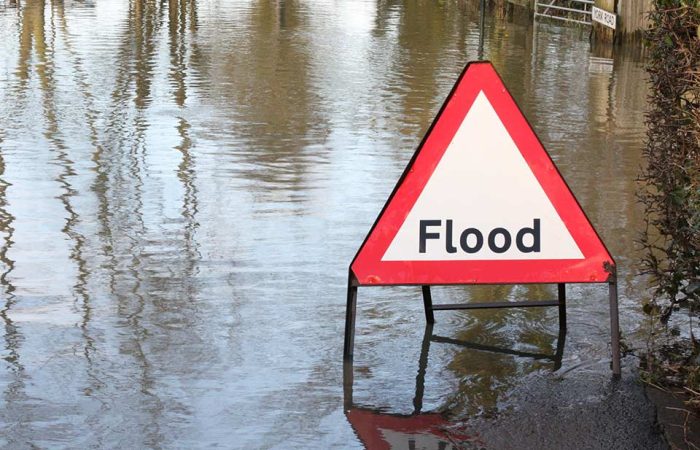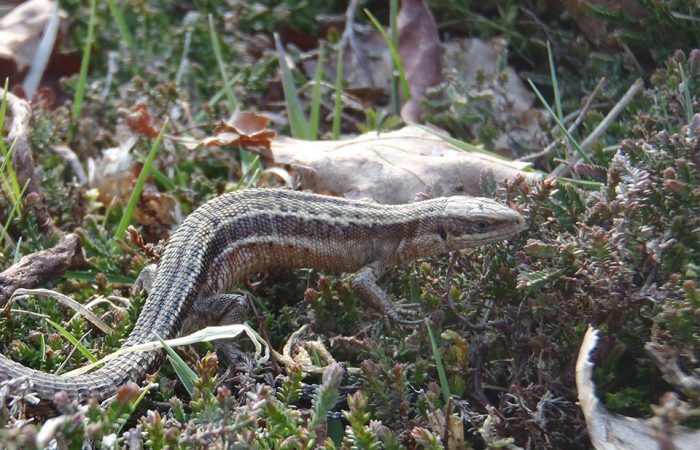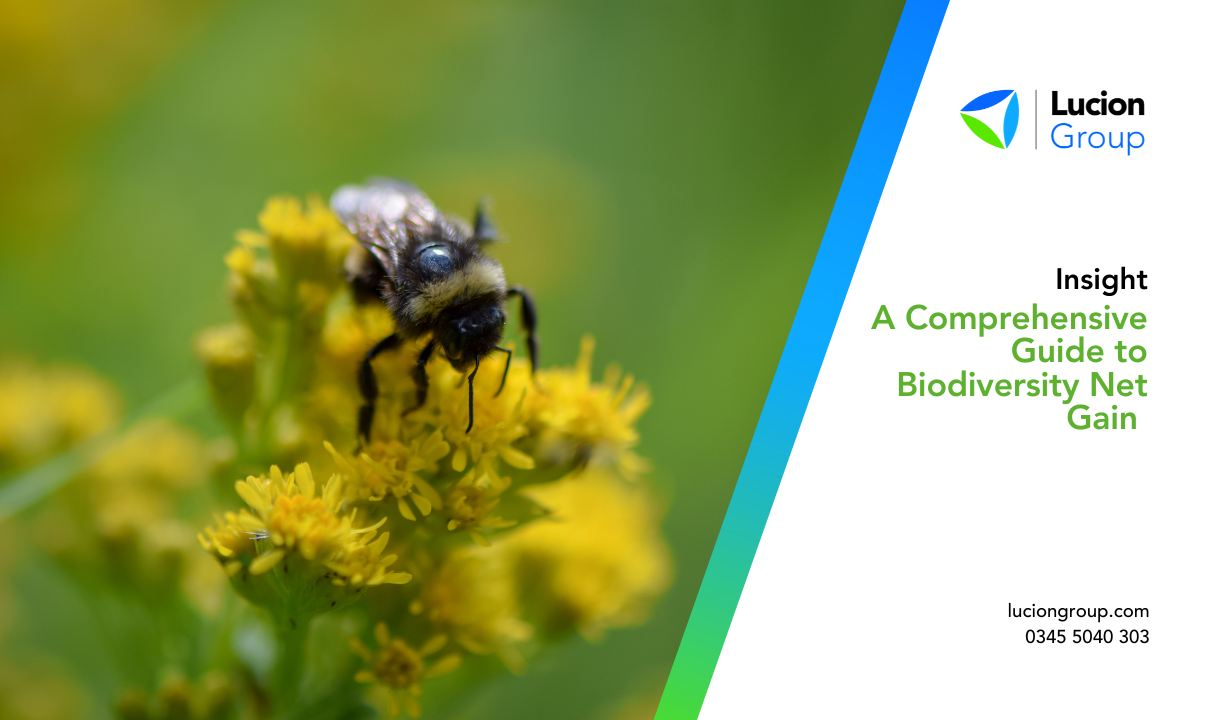The white-clawed crayfish is Britain’s only native crayfish species, but its populations have declined dramatically in recent decades due to factors like habitat loss and the spread of non-native invasive species. Our licensed ecologists provide comprehensive surveys, assessments, and mitigation strategies to help you navigate the planning process and keep your project on track.
The white-clawed crayfish is protected under Schedule 5 of the Wildlife and Countryside Act 1981 and Annexes II and V of the EU Habitats Directive. This means it is an offence to take them from the wild or disturb their habitats without the appropriate licences and mitigation measures in place.
Lucion’s team of licensed ecologists are experienced in conducting white-clawed crayfish surveys in accordance with Natural England’s Class Licence CL11. This licence permits the surveying of white-clawed crayfish using hand, net, or trap methods, providing the necessary authorisation under both the Wildlife and Countryside Act and the Salmon and Freshwater Fisheries Act.
The white-clawed crayfish survey process typically involves:
Site Appraisals
Our ecologists will conduct an initial assessment to determine the potential for white-clawed crayfish to be present based on habitat suitability and historical records.
Presence/Absence Surveys
If the site appraisal identifies potential crayfish presence, we’ll undertake detailed surveys using techniques like manual searching, hand-netting, night viewing, and baited trapping. These are carried out during the optimal survey season of July to September.
Population Assessment
Where white-clawed crayfish are confirmed present, we can conduct further surveys to estimate the population size and inform any required mitigation.
Lucion’s licensed ecologists maintain the necessary registration and expertise to use the CL11 class licence, ensuring full compliance with the relevant legislation. We’ll work closely with you and the local planning authority to design and implement tailored mitigation strategies, which may include:
- Carefully relocating any white-clawed crayfish found within the development footprint to a suitable receptor site
- Creating or enhancing crayfish habitat to compensate for any losses
- Implementing strict biosecurity measures to prevent the spread of non-native crayfish species
By partnering with Lucion, you can be confident that your white-clawed crayfish surveys and mitigation plans will satisfy all legal requirements, keeping your project on track while protecting this vulnerable species.






































